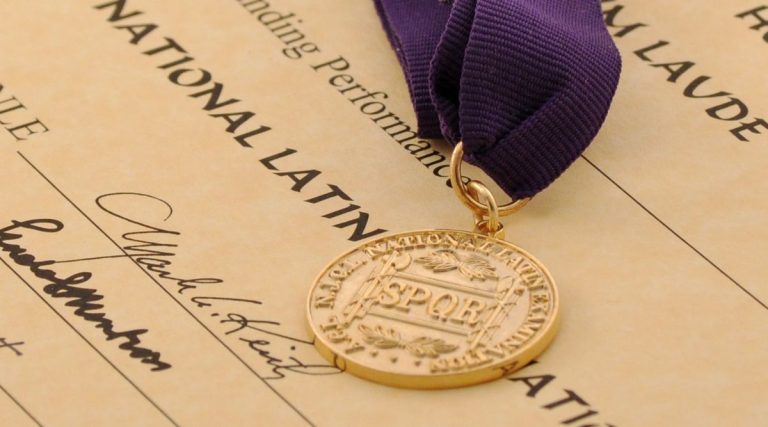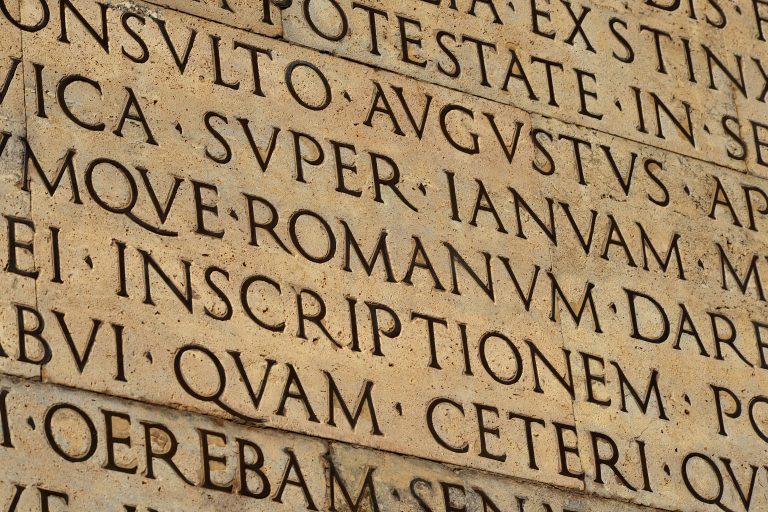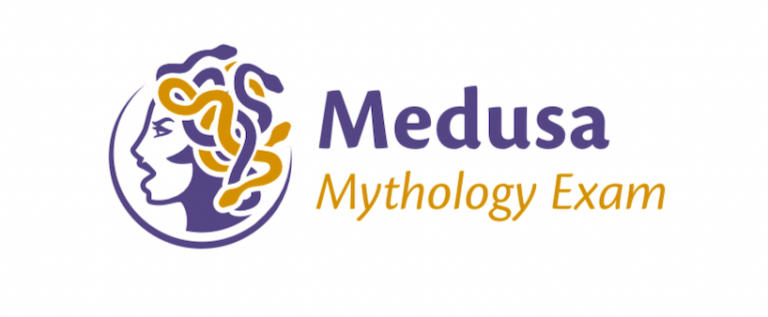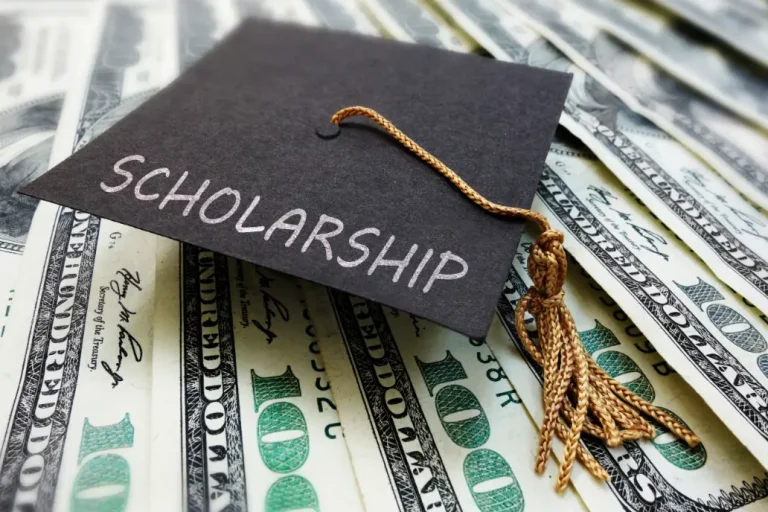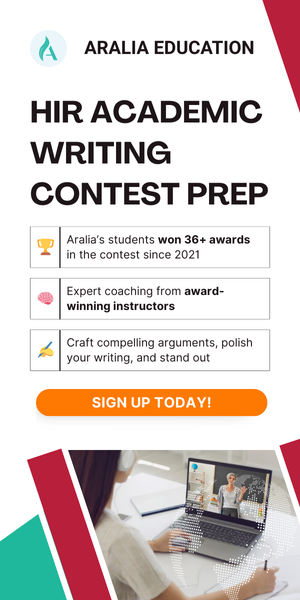Aralia Students Are 4x More Likely to Publish a Research Paper
1. What is the Journal of Emerging Investigators (JEI)?
Established in 2011 by Harvard University graduate students, the Journal of Emerging Investigators (JEI) is an open-access, peer-reviewed journal that publishes original scientific research conducted by middle and high school students. Students who submit their research to JEI receive personalized feedback from four professional scientists in their field. They are then guided by a PhD-level JEI mentor from top universities to edit writing style, tables, and figures, and transform their manuscript into a professional scientific article, ready for publication. Get an idea of what’s expected of students and see how much you can learn—browse JEI articles.
2. Who is eligible to submit to the Journal of Emerging Investigators?
The Journal of Emerging Investigators accepts submissions from middle and high school students both inside and outside the U.S. Any student who is between 6th and 12th grade at the time of submission is welcome to enter regardless of nationality and location. The initial submission of the student’s manuscript must occur prior to the student author’s enrollment in the university. Since the process can take up to 12 months, it’s acceptable for the student author to enter university while going through the publishing process.
Mentors
A senior mentor must be included as the last author on all JEI manuscripts (two authors). A teacher, college/university professor, postdoctoral fellow, or senior graduate student may serve as a senior mentor if research was performed in a school or university (undergraduate students cannot serve as mentors). A parent can serve as a senior mentor if research was conducted at home. At the end of this blog, we’ll cover how to match you with a perfect mentor.
Journal of Emerging Investigators Acceptance Rate
As long as you stick to the 8-12 month review process and diligently make suggested edits, all original research that adheres to the Hypothesis Requirements will be accepted. Students don’t need access to university labs or advanced techniques to conduct their scientific research.
3. How do I submit to the Journal of Emerging Investigators?
You can conduct original research in any scientific field and on any topic (with one exception: JEI doesn’t accept research on COVID-19). Your research must be hypothesis-driven, so your manuscript cannot be a review article of previous research, nor can it be a theoretical experiment. Certain engineering-based projects are not accepted; for example, if the hypothesis is “I hypothesis that my machine learning model will work.” When writing your manuscript, follow the format highlighted in the below section. Once you’ve completed your initial manuscript draft, you submit your manuscript to JEI for review and pay a $35 submission fee. However, there is no additional publication fee once your manuscript is ready to be published; the Journal of Emerging Investigators publishes for free. For more details, carefully review the Submission Guide.
4. What is the format of manuscripts for JEI?
Make sure your manuscript follows the guidelines below before submitting it.
Title Page: Write a max 110-character short title, list of authors, and institution/school affiliation.
Summary (Abstract): State the problem, research question, main hypothesis, summary of results, and conclusion in less than 250 words.
Introduction: Illustrate the background of the current state of research in this scientific topic and reference renowned previously conducted research.
Results: Explain how the experiment was conducted and discuss statistical analysis of the collected data along with figures and/or tables.
Discussion: Draw conclusions and declare their significance and discuss limitations to your research, as well as future applications and remaining scientific questions.
Materials and Methods: Describe every step you took in your experiment in explicit detail so that it can be replicated by other researchers.
References; Acknowledgements; Figures, Tables, and Captions; Appendix: for more information review the Formatting Guidelines for Initial Submission.
Enhance Your Research Skills with Aralia’s Research Scholar Classes
5. Why should I enter in JEI?
The Journal of Emerging Investigators is the most prestigious of high school research journals. “At JEI, we strive to empower students to recognize their potential as scientists/critical thinkers and provide an opportunity for students to learn a form of science communication.” As a non-profit run by dedicated and passionate volunteers, JEI’s mission is to provide any students who are interested in scientific research a chance to receive encouragement and constructive feedback from professional researchers. Working and publishing with JEI will give students an unparalleled experience with the rigorous scientific research review process and valuable insight into what it takes to get your research published with highly selective, globally renowned journals. Developing your research project with JEI is a necessary experience for those looking to work in college research labs or even considering a future PhD.
6. Submission Timeline for the Journal of Emerging Investigators
Students can submit any time of year, but May through September and December to January are peak submission seasons, which can result in delays of 2 weeks at each turnaround interval. See Review Timeline for details on what each step entails.
Task | Duration/Wait Time |
Author submits and revises | 2 weeks |
Managing editor pre-review | 2 weeks |
Associate Editor assigns reviewers | 1 week |
4 peer reviewers scientifically review manuscript | 2 weeks |
Associate Editor summarizes reviewer comments | 2 weeks |
Author revises | 8-12 weeks |
Managing and Associate Editors assess scientific revisions | 2 weeks |
Head Copy Editor assigns Copy Editors | 1 week |
2 Copy Editors edit manuscript | 2 weeks |
Head Copy Editor finalize copy edits | 1 week |
Author revise | 8 weeks |
Managing Editor makes copy edit revisions | 2 weeks |
Proofing Editor creates manuscript layout | 2-4 weeks |
Author approves proof | 2 weeks |
Proofing Editor finalizes and posts the manuscript | 2-4 weeks |
The Managing Editor approves of and notifies of the publication | 2 weeks |
7. Meet the Journal of Emerging Investigators and Win Awards
Participate in Science Fairs
Meet representatives from the Journal of Emerging Investigators when you showcase your scientific research at science fairs such as the Philadelphia Science Festival, Cambridge Science Festival, Annual Boston Public School Citywide Science Fair, Massachusetts State Science & Engineering Fair, Intel International Science and Engineering Fair (ISEF), and Terra North Jersey STEM Fair (TNJSF).
Young Scientist Award and Editor’s Choice Pick
Take a look at high school students who have exhibited their work at the Terra North Jersey STEM Fair and become recognized as JEI Young Scientist Award Winners.
- Elliott Yoon on computational biology to treat cancer.
- Jeffrey Xu on applying the Vieta-Newton Theorem to computer algebra systems
- Subin Pyo on inflammatory bowel disease (IBD)
- Ryan Rong and Curtis Zhou on creating a machine learning model to bilaterally translate American Sign Language and English.
- Andy Xu on using a computational approach to look at novel superconducting crystals
Explore the below list of student manuscripts published in the Journal of Emerging Investigators who were recognized as Editor’s Choice Pick Winners.
- YiFei Zhou from Shanghai, China: “Uncovering Mirror Neurons Molecular Identity by Single-cell Transcriptomics and Microarray Analysis”
- Armaan Srireddy from Austin, Texas: “Developing a Wearable Skin-based Triboelectric Nanogenerator”
- Yash Gollapudi from Virginia: “Sex differences in linear polyubiquitination in the entorhinal cortex during fear memory formation”
- LéNia Felix from Pittsburgh, Pennsylvania: “The relationships between income inequality and maternal mortality for black and white mothers”
- Team of student researchers from Fremont, California on “Modular mimics of neuroactive alkaloids – design, synthesis, and cholinesterase inhibitory activity of rivastigmine analogs”
8. How do I prepare for submitting to the Journal of Emerging Investigators?
JEI Mini-PhD Program: Learning the Scientific Method from Hypothesis to Publication
Participate in the Journal of Emerging Investigator’s Mini-PhD program, where you will learn the steps of the scientific method and how to conduct an independent research project for future publication. Students will generate a hypothesis, design an experiment, collect and analyze data, and write a manuscript.
This Mini-PhD program is a free 8-week summer program constituting of weekly Saturday meetings with Harvard graduate students. 8th to 10th graders living in the U.S., especially those from a disadvantaged background or historically underrepresented population in STEM, are invited to participate!
Conduct Research with Aralia Education
As previously mentioned, students must have a senior mentor listed as a second author when their research paper gets published. This mentor can be a teacher, college/university professor, postdoctoral fellow, or senior graduate student. Aralia Education can match you with the perfect mentor! Our expert science teachers from top U.S. high schools and colleges can smoothly guide you through your research project and provide state-of-the-art research resources. Inquire about how you can conduct original research with Aralia Education!




